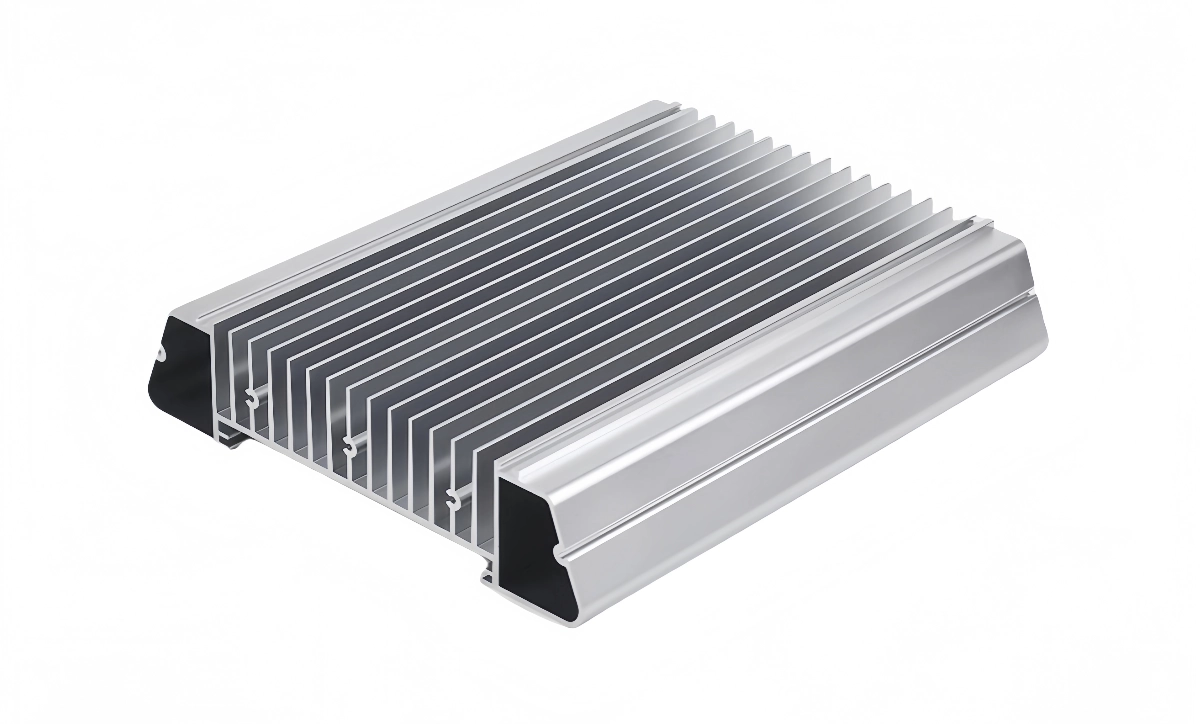Address
304 North Cardinal
St. Dorchester Center, MA 02124
Work Hours
Monday to Friday: 7AM - 7PM
Weekend: 10AM - 5PM
Address
304 North Cardinal
St. Dorchester Center, MA 02124
Work Hours
Monday to Friday: 7AM - 7PM
Weekend: 10AM - 5PM

Struggling to find the right aluminum heat sink manufacturer? I know the feeling. It’s tough finding partners who truly understand your needs and deliver consistent quality.
From my perspective, the key is understanding their processes, how they handle customization, the materials they use, and their quoting methods. I’ve learned that knowing this upfront saves a lot of headaches down the line.
Choosing the right manufacturer is crucial for your project’s success. Let’s explore the details you need to know to make an informed decision and build a strong supplier relationship.
Ever wondered how those intricate heat sink shapes are made? It can seem complex, but understanding the basics helped me choose the best process for my projects.
I’ve worked with manufacturers using extrusion, CNC machining, die casting, and forging. Each has its pros and cons. For me, extrusion often works well for simpler, high-volume designs, while CNC machining offers precision for complex custom parts.
Selecting a manufacturer often means understanding their primary production methods. The way a heat sink is made impacts its design possibilities, cost, lead time, and even thermal performance. Knowing the basics helps align your needs with a supplier’s capabilities.
This popular method forces heated aluminum through a shaped die, creating long profiles with consistent cross-sections. These are then cut to length.
CNC machining uses computer-controlled cutting tools to carve heat sinks from solid aluminum blocks. It offers maximum design freedom.
Suitable for high-volume production, molten aluminum is injected under pressure into a steel mold (die).
This process shapes aluminum using compressive force, often creating strong, dense parts.
Here’s a quick comparison:
| Feature | Extrusion | CNC Machining | Die Casting | Forging |
| Complexity | Low-Medium (2D) | High (3D) | Medium-High (3D) | Low-Medium |
| Volume | Medium-High | Low-Medium | High | Medium-High |
| Tooling Cost | Low-Medium | None/Low | High | Medium-High |
| Unit Cost | Low (High Vol) | High (Low Vol) | Low (High Vol) | Medium |
| Precision | Medium | High | Medium-High | Medium |
The best method depends on your design’s complexity, required quantity, budget, and performance needs. Discussing these with potential manufacturers is key.
Need a heat sink that’s not standard? I often do. Getting a custom design right requires good communication and a capable manufacturer.
My experience shows that reputable manufacturers have a clear process. Usually, I provide detailed drawings (CAD files are best). They review feasibility, suggest improvements based on their manufacturing expertise, create prototypes, and then move to production after my approval.
Successfully producing a custom heat sink relies on a structured collaboration between you and the manufacturer. It’s more than just fabrication; it involves ensuring the design is manufacturable, cost-effective, and performs thermally as intended.
The process begins with your design submission (ideally 3D CAD and 2D drawings). The manufacturer performs a Design for Manufacturability (DFM) review.
Good manufacturers provide constructive feedback, suggesting modifications to improve manufacturability or reduce cost without compromising function.
Before mass production, prototypes are usually essential for custom designs.
Once the design is finalized via prototypes, the manufacturer proceeds with production preparation.
A manufacturer’s ability to manage this custom design workflow smoothly, with clear communication and technical expertise, is vital for project success.
Choosing the right aluminum alloy is important, right? I’ve learned that not all aluminum is the same when it comes to heat sinks.
Most manufacturers I work with primarily use alloys from the 6000 series, like 6063 or 6061. I find 6063 is great for extrusions because it shapes well and has good thermal conductivity. 6061 offers more strength, which is sometimes needed.
Manufacturers select specific aluminum alloys for heat sinks based on a trade-off between thermal conductivity, ease of manufacturing, strength, corrosion resistance, and cost. The 6xxx series alloys are common because they offer a good balance.
Key properties vary between alloys:
| Alloy | Thermal Conductivity (W/m·K, Approx.) | Relative Strength | Primary Manufacturing Method(s) | Key Benefit |
| 6063 | 200 – 218 | Medium | Extrusion, Machining | Balanced, Extrudable |
| 6061 | 167 – 180 | High | Extrusion, Machining | Strength |
| 1050A / 1100 | >220 | Low | Stamping, Forging, Machining | Max Conductivity |
| A380 (Cast) | ~100 | High (Cast) | Die Casting | Complex Shapes (Cast) |
Discuss your application’s specific thermal and mechanical needs with the manufacturer to select the most appropriate and cost-effective alloy and temper.
Getting an accurate quote is essential for budgeting. I’ve learned that providing clear information upfront makes the process much smoother.
To get a quote, I always send detailed 2D/3D drawings, that specify the aluminum alloy, required quantity, surface finish (like anodizing), and any special tolerances or testing needs. The more details I give, the faster and more accurate the quote I receive.
To get a fast, accurate quote for custom aluminum heat sinks, you need to provide manufacturers with a comprehensive Request for Quotation (RFQ) package. Ambiguity leads to delays, inflated prices (as manufacturers add contingency for unknowns), or inaccurate quotes.
Be thorough to avoid back-and-forth communication:
Typically: You submit the RFQ -> Manufacturer reviews for feasibility and cost -> They may ask clarifying questions -> You receive a formal quote.
A good quote clearly breaks down:
Review the quote carefully to ensure it matches all aspects of your RFQ. Providing a complete RFQ package is the fastest way to get a reliable price and start your project successfully.
Choosing the right aluminum heat sink manufacturer involves understanding their processes, material expertise, custom design handling, and quoting methods. I hope this overview helps you navigate your sourcing process effectively.